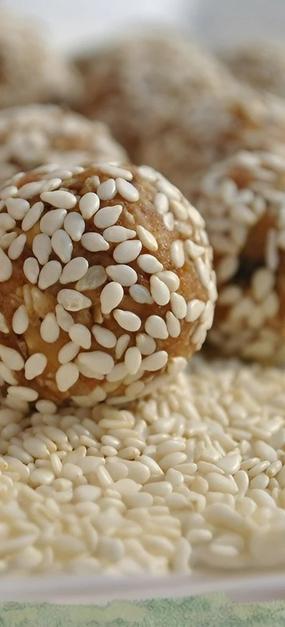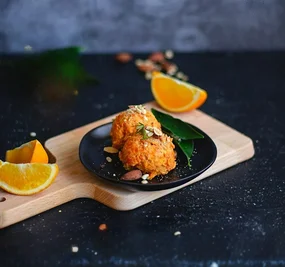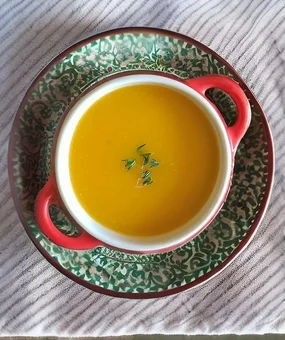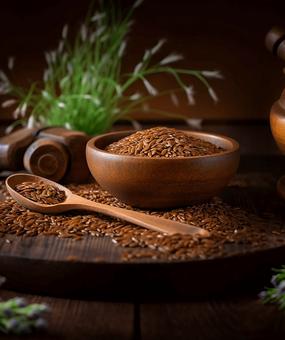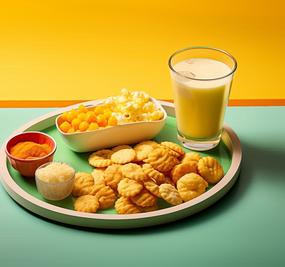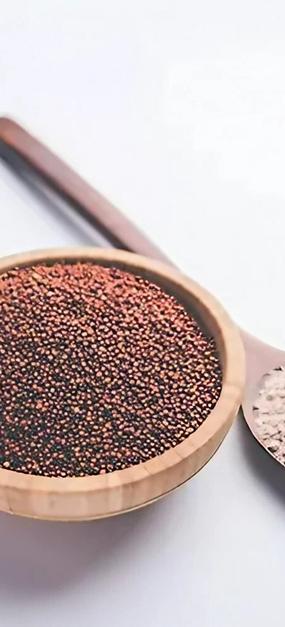Have you heard of macrotyloma uniflorum? No? I would have been surprised if you had said yes! Unless you’re a botany student or an agriculturist! Perhaps I tread on more familiar grounds if I ask you about hurali or Madras gram or kulthi beans or horse gram? Hmm…black gram, green gram, red gram, Bengal gram…horse gram (scratch scratch??)
Why have you not heard of it? It is because it has not been explored and so, has not been in the limelight as much as those other more celebrated legumes.
So, why has horse gram not been in the news all this while? Is it a new discovery? No! Surprisingly, it has been a part of Indian cooking for a very long time now. And, is an important part of Ayurvedic cooking – it is a medicinal and nutritional ingredient. One of the richest lentils in proteins & nutritional value.
Horse Gram: Staple food since the Neolithic Age
Can you believe horse gram has been around since the early ages – as early as 2000 BC?! It was grown in Africa and Asia. The South Indian diet has included horse gram since the Neolithic Age during which time it also spread to other parts of the country.
Why the name horse gram?
Because it is used to feed horses and cattle! In fact, it is such a high protein lentil that it is fed to race horses before their races! Such is the energy content in this legume. As far as humans are concerned, horse gram was considered the poor man’s nutrition. So, you will predominantly find that it was eaten by the farming community and in rural areas.
But, given the adverse climatic conditions in many parts of the world, research has shown that there is growing interest in exploring this under-utilized legume as a vital source of nutrition, as it can survive despite poor rainfall and depleted soil conditions.
Let’s explore other reasons for this growing interest in horse gram today.
Benefits of Horse Gram
- Horse gram has the highest protein content of all the lentils.
- It also contains high amounts of carbohydrates, iron and calcium. So, it is a great energy-booster.
- It aids in weight loss, as the seeds help in burning fatty tissues in the body.
- It is used as a traditional medicine in the treatment of urinary diseases, cold, throat infection, bronchitis, asthma, and jaundice among other ailments.
- With its antioxidants, horse gram can help in preventing the hardening of salts in the body. This helps prevent kidney disorders such as kidney stones.
- It aids in digestion.
- It is good for diabetics as it controls the amount of sugar that is released in the bloodstream.
- Horse gram can be grown with very less water. This makes it a great source of nutrition especially to drought-hit nations, where water is a scarce resource. It can also be grown in agricultural lands that are primarily rain-fed. It can be a great food source in malnourished countries where soil is not very fertile.
Horse gram recipes
How do you consume horse gram? We have presented some recipes for you to enable you to add some variety and nutrition to your daily spread.
See which of these horse gram recipes spurs your taste buds!
- Horse gram sprouts
- Horse gram dal
- Horse gram khichdi
1. Horse gram sprouts
Ingredients:
- 1 cup sprouted horse gram
- ¼ tsp turmeric powder
- 1 tbsp. coconut oil
- 1 tsp mustard seeds
- ¼ tsp cumin seeds
- 1 dry red chili broken
- 1 spring curry leaves
- ¼ cup onion finely chopped
- 1 small tomato finely chopped
- Salt to taste
- ½ tsp cumin powder
- ¼ tsp garam masala
- A pinch of chili powder
- 1 tsp lemon juice
How to prepare:
- Cook horse gram with water and salt until it is soft; strain and keep it ready.
- Heat oil in a pan, crackle mustard seeds and cumin seeds.
- Add red chilies and curry leaves; fry until crisp.
- Add onions and fry until brown.
- Drop in tomatoes and fry until slightly mushy.
- Put in the cooked sprouts, salt, cumin powder, chili powder and garam masala.
- Mix until well-combined.
- Fry until the raw smell leaves the mixture.
- Serve warm.
- Sprinkle lemon juice (optional)
This can be part of your breakfast! Benefits of horse gram sprouts are numerous. One can drink horse gram water in empty stomach.
A sumptuous and filling way to start your day!
2. Horse gram dal
Ingredients:
- ½ cup horse gram
- 1 tbsp. turmeric powder
- Salt to taste
- 1 tbsp. ghee
- ½ tsp mustard seeds
- ½ tsp cumin seeds
- ¼ tsp asafoetida
- 1 tbsp. ginger garlic paste
- 1 chopped onion
- 1 chopped tomato
- 1 tsp red chili powder
- 1 tsp coriander powder
- coriander leaves for garnish
How to prepare:
- Soak the horse gram in 1 cup of water overnight.
- Boil the soaked horse gram dal in a pressure cooker with 3 cups of water; add salt to taste and turmeric powder to it.
- Turn off the cooker after about 6 whistles.
- Heat ghee in a pan on medium flame. Add mustard seeds and cumin seeds; let them crackle.
- Add asafoetida; cook for a few seconds.
- Add the ginger garlic paste; sauté it on a medium flame for a minute or two, till the raw aroma leaves it.
- Add the chopped onion, sauté till they are translucent.
- Add tomatoes, red chilli powder, salt and coriander powder. Cover the mixture and let it cook for 2-3 minutes.
- Now, add the mashed horse gram into the pan. Cover it, and let it simmer for about 3-4 minutes.
- Turn the flame off.
- Garnish with finely-chopped coriander leaves.
This may be served along with rotis/parathas (Indian bread).
This is a great addition to your midday meal. You will feel nourished and satiated at the end of this food combination!
3. Horse gram khichdi (Rice and lentil mix) or kulith ki khichdi
Ingredients:
- 1 cup horse gram
- 1 cup rice
- 5-6 cups water
- Salt to taste
- lemon-sized ginger sliced
- 1 tsp chili powder
- 1 tbsp. ghee
- 1 onion finely chopped
- 1 tsp oil
- Coriander leaves for garnish
How to prepare:
- Keep horse gram in water overnight. Water will be absorbed in the pulse.
- Soak plain rice in 2-3 cups of water for about 2 hours. Keep aside.
- Transfer the soaked horse gram in a pressure cooker with 3 cups of water, salt, turmeric powder and sliced ginger. Boil in a low flame for about 30 minutes.
- When the horse gram is well-cooked and in mash-consistency, add the soaked rice in it.
- Lightly fry the onion in oil till it becomes translucent, and add it to the mixture.
- Add ghee.
- Cook for another 5-6 whistles in the cooker.
- Add coriander leaves as garnish.
Your khichdi is ready to eat!
What a wonderfully wholesome way to end your day – a compact addition to your culinary skills!
A query that is often asked where horse gram is concerned is, “Is horse gram a food or a medicine?” The best answer I have heard to this is, “Ayurveda believes that food is the only medicine your body should need!”
So, what are you waiting for? Spur your buds and energize your body with this deliciously nutritious protein!
(Written with inputs from Kaushani Desai, Ayurvedic cooking teacher, Art of Living)



